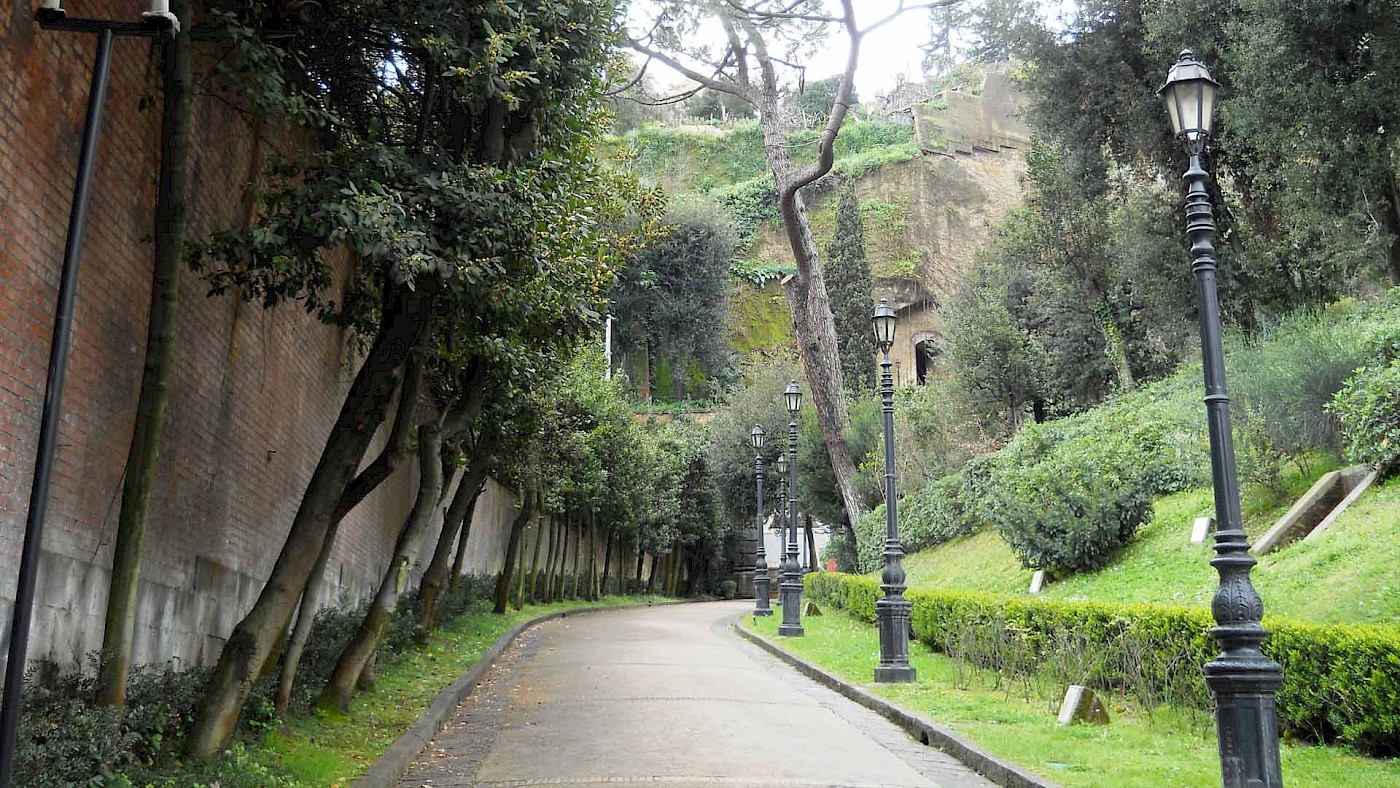Publius Vergilius Maro, better known in English as Virgil, was a Roman poet, born in Mantua in 70 BC; he died near Brindisi in 19 BC. Among his most famous works is the Aeneid, an epic poem about the hero Aeneas, who fled from Troy and, under the guidance of the Olympian gods, came to settle the region of Latium in Italy, where his descendants would eventually found the city of Rome.
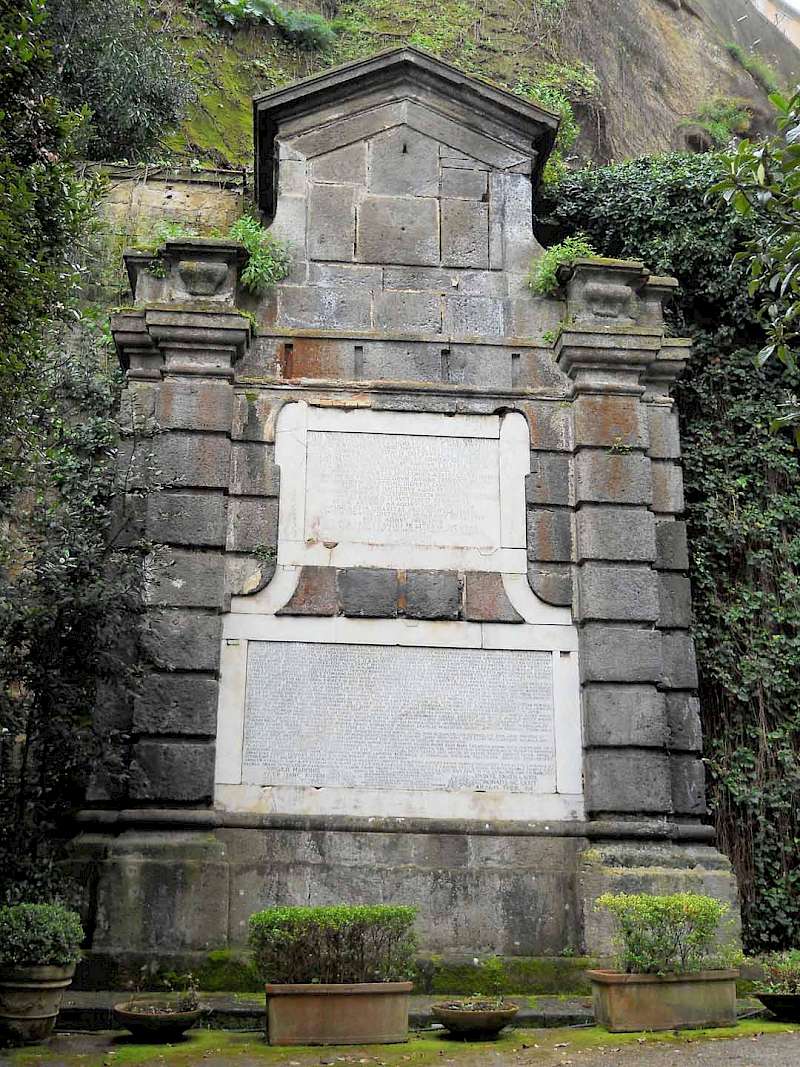
Virgil flourished in an age that saw the end of the Roman Republic and the founding of the Empire under Augustus, whose accomplishments are already celebrated in a famous passage in the Aeneid that has been criticized for its propagandistic tone. As the author of Rome’s national epic, which would have a tremendous influence on later literature, Virgil is often regarded as one of the, if not the greatest of Roman poets.
However, Virgil had originally wished for the Aeneid to be burnt after his death. Augustus himself intervened, ordering the poem to be published virtually unedited and, in the estimation of some scholars, a bit unpolished. His cremated remains were to be buried in Naples, where Virgil owned a villa, but the tomb in the park is empty.
A walk in the park
The park is located on – or actually in – the eastern slope of Posillipo Hill (Pausilypon). It’s easy to reach from the centre of Naples. You can use the subway, given that the park’s near the station of Mergellina. Visiting the park is free and it’s open until about one hour before sunset.
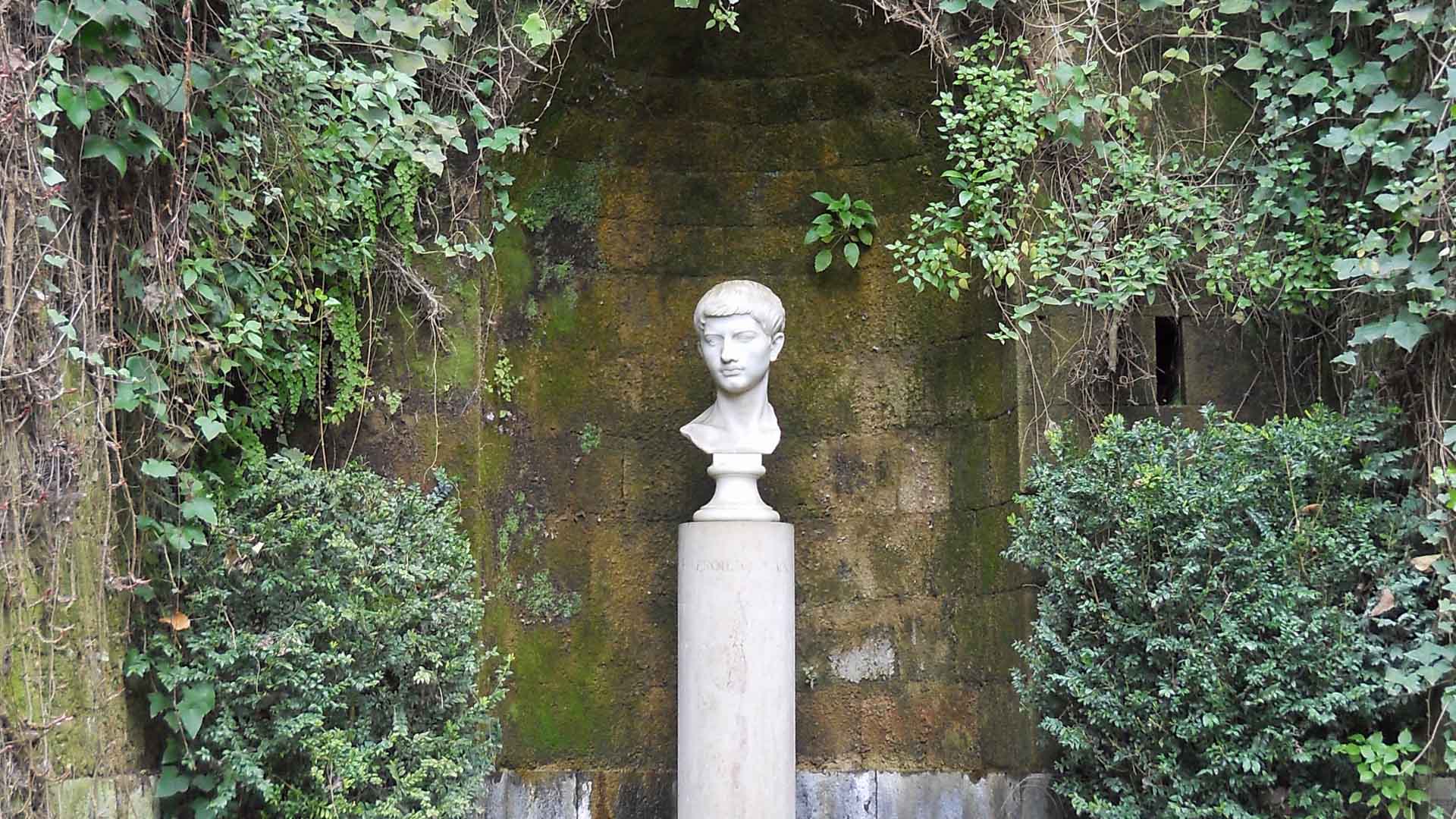
Near the entrance to the park there are two inscriptions, put there in 1668 by the viceroy of Spain in Naples, Peter of Aragon. Near it is a bust of Virgil donated by the students of the Academy of Ohio in 1931.
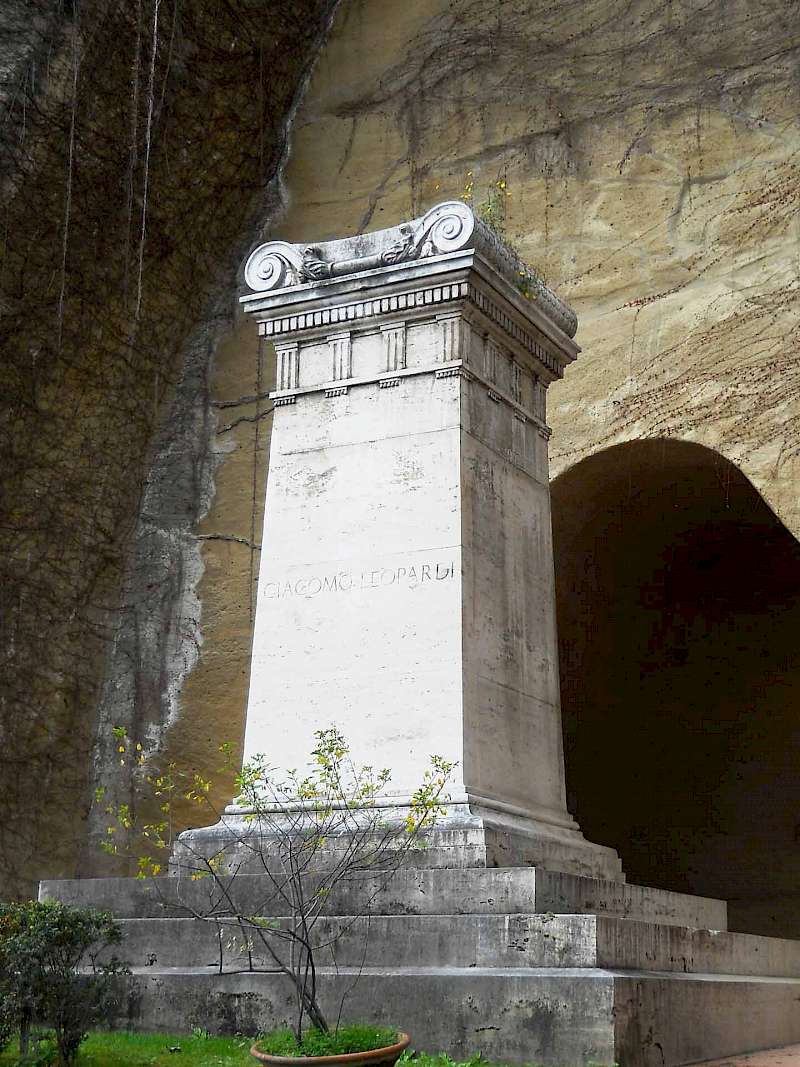
You can take a serpentine path to the grave of Giacomo Leopardi, one of the most famous Italian poets, who lived in the first half of the 19th century (1798-1837). He was born in central Italy, but spent a part of his life in Naples, where he also died at a relatively young age.
The poet’s remains are no longer here: these had been moved from the park to a nearby church (S. Vitale a Fuorigrotta) that sadly no longer exists. However, a monument (cenotaph) was erected in the park in 1939 to commemorate Leopardi.
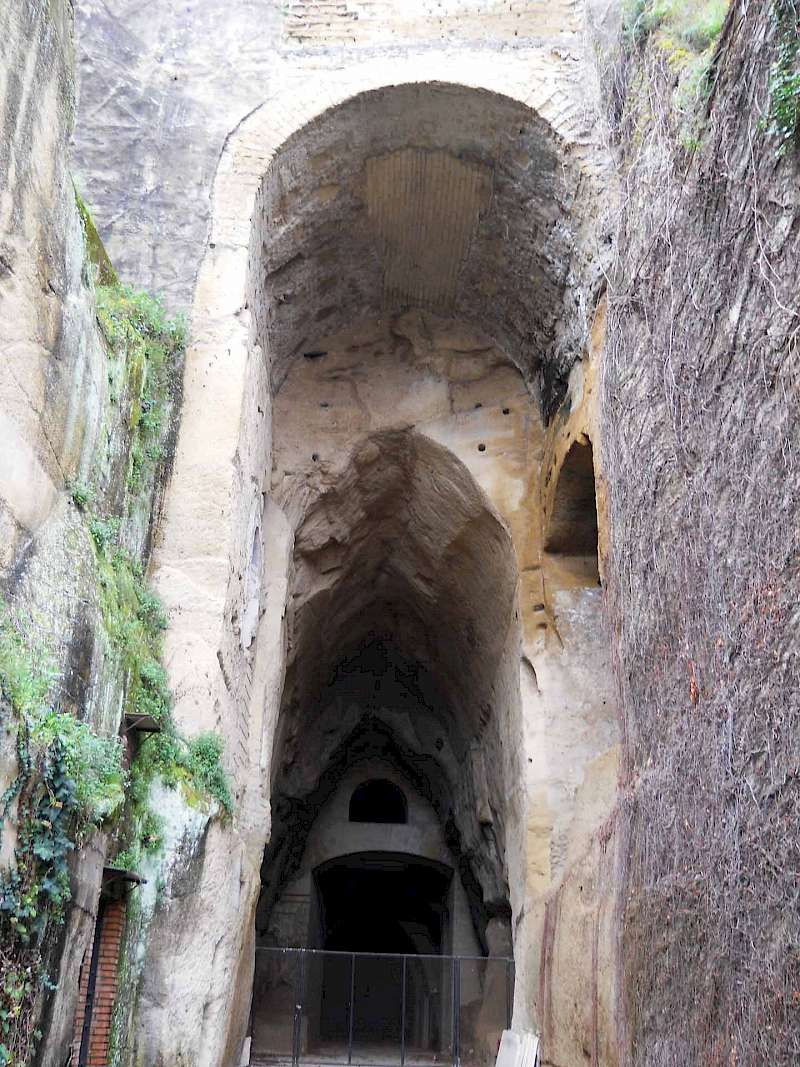
Slightly ahead, at the end of the slope, is the Crypta Neapolitana, a gallery built during the reign of Augustus to connect Pausilipon with the Phlegraean Fields (Campi Flegrei). This is a shortcut that goes through the hill, but it’s no longer accessible to the general public.
At the entrance of the tunnel are some Christian frescoes and remains of a chapel dedicated to the Virgin Mary (Cappella di Santa Maria dell’Idria or Santa Maria Odigitria).
In front of the entrance to the tunnel is the mausoleum of Virgil. The entrance is reachable through some stairs that climb a little up the wall of the hill.
From the stairs to the tomb there is an amazing view of the Gulf of Naples. Furthermore, the stairs lead to a part of an ancient Roman aqueduct. You can actually walk through the aqueduct to reach a small terrace inside the entrance of the cave. Here, some Christian frescoes are visible on the walls.
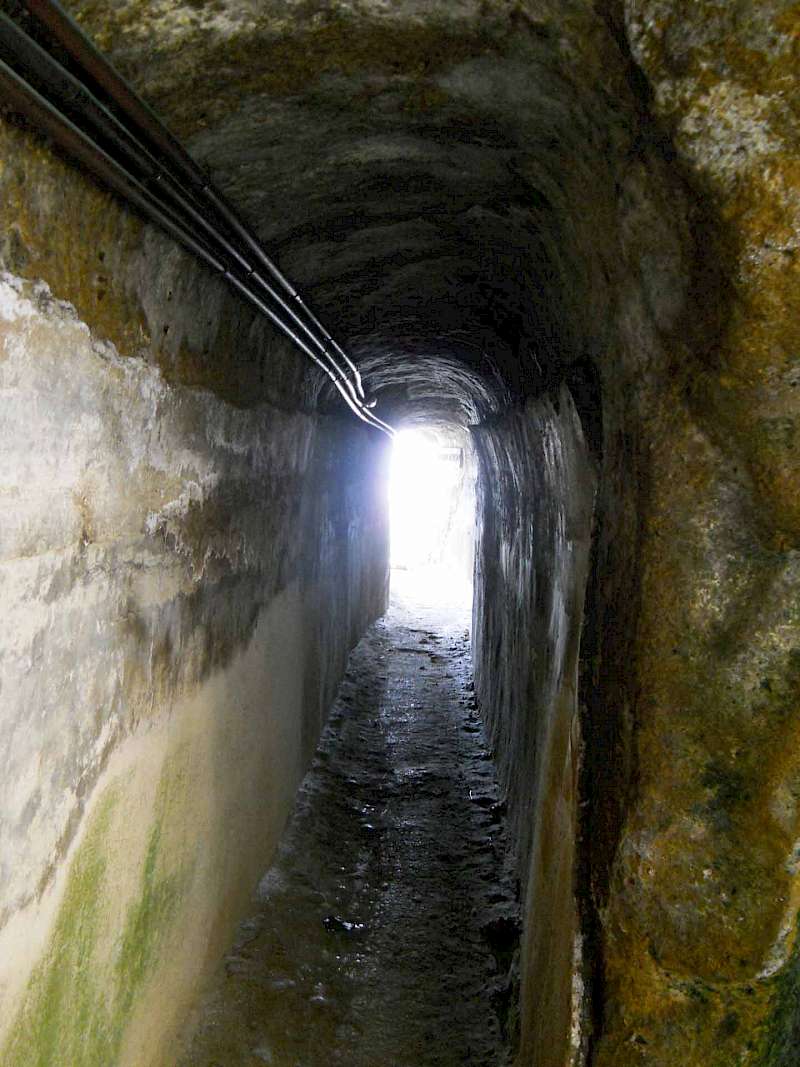
Tomb of the poet
Virgil’s tomb itself is of a type called columbarium, characterized by many niches in the walls (just like the cages where doves were bred, after which this kind of tomb was named). The niches would have held cinerary urns and often portrait busts, too.
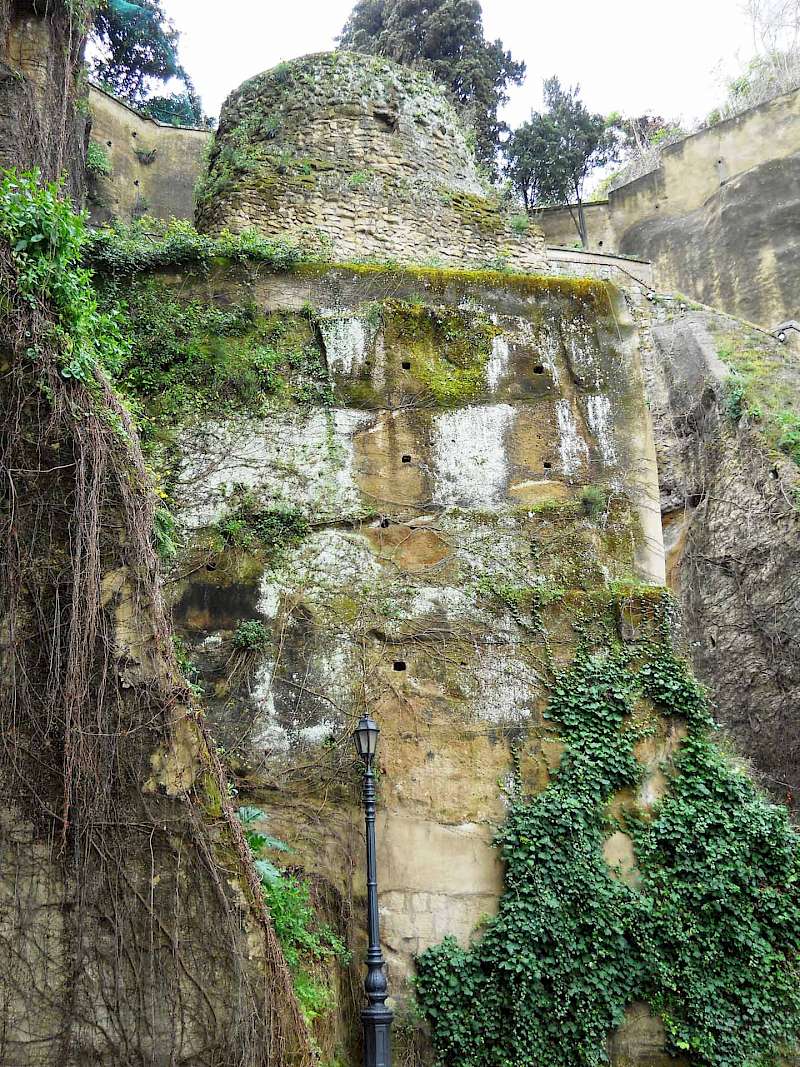
In Roman times, columbaria were often built underground. But like a regular mausoleum, Virgil’s tomb is constructed above ground, on a commanding position that offers an excellent view of the Bay.
Back when we visited the park, there was no one else there. Despite it being easy to reach, the park feels secluded and it’s very quiet. However, it’s also well kept and offers an excellent opportunity to seek some shelter from the hussle and bussle of Neapolitan city life.
Naples is a wonderful place to be, rich in culture and history. So if you’re at all interested in the ancient world, it’s a city that you really should visit at some point in your life. And if you happen to be there, be sure to take some time to explore the park of Virgil’s tomb.
